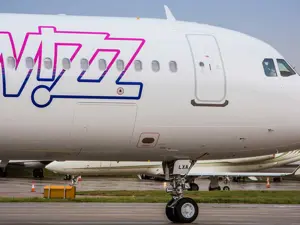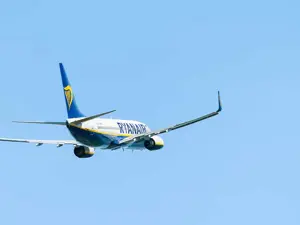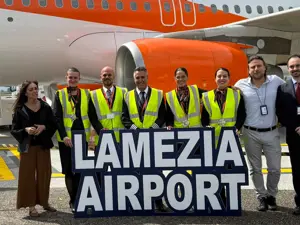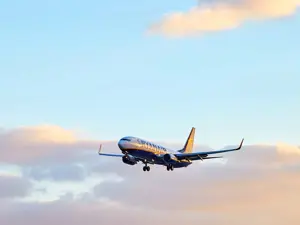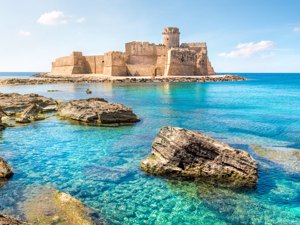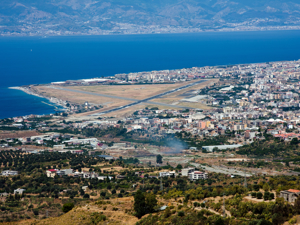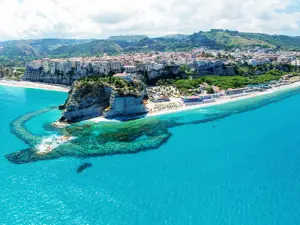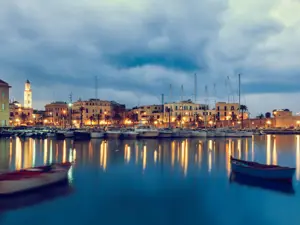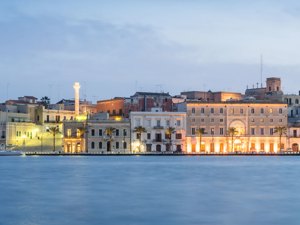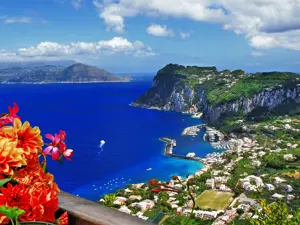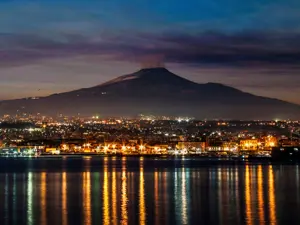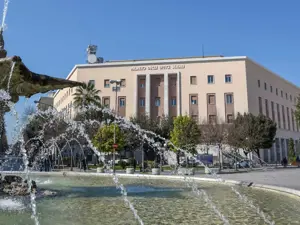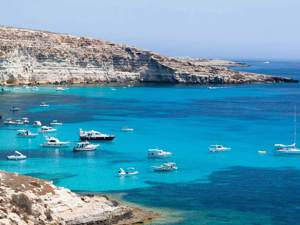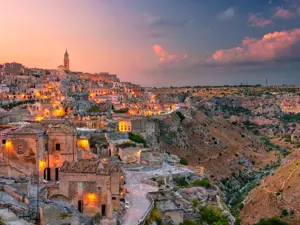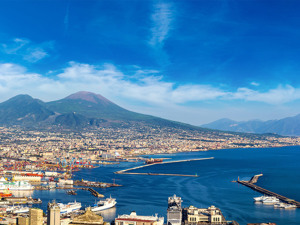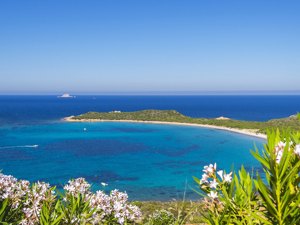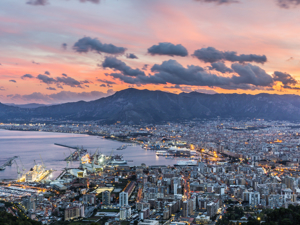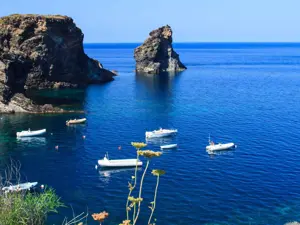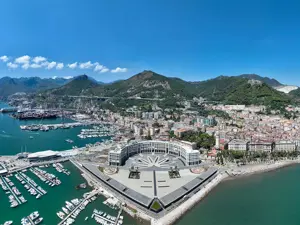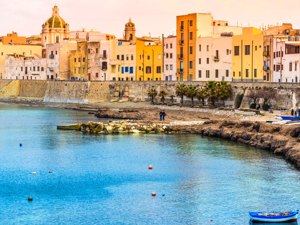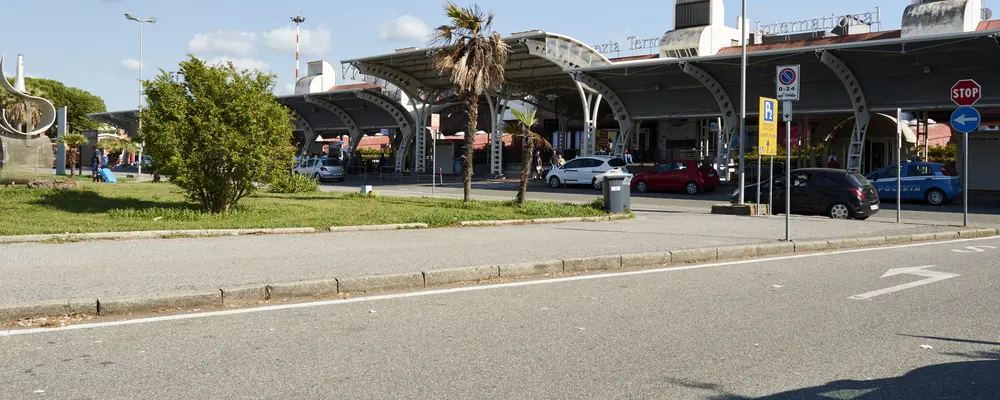A blend of culture and well-being
The Municipality of Lamezia Terme in the province of Catanzaro has reached over fifty years of life. It was formed with a resolution of the Senate in 1967 by the merger of the three Calabrian municipalities of Nicastro, Sambiase and Santa Eufemia Lamezia. However, in this short period of time, Lamezia Terme has succeeded in stealing the limelight in Italy and abroad, both for its accommodation and tourist facilities (including a strategic airport and renowned spa) and for its interesting archaeological sites.
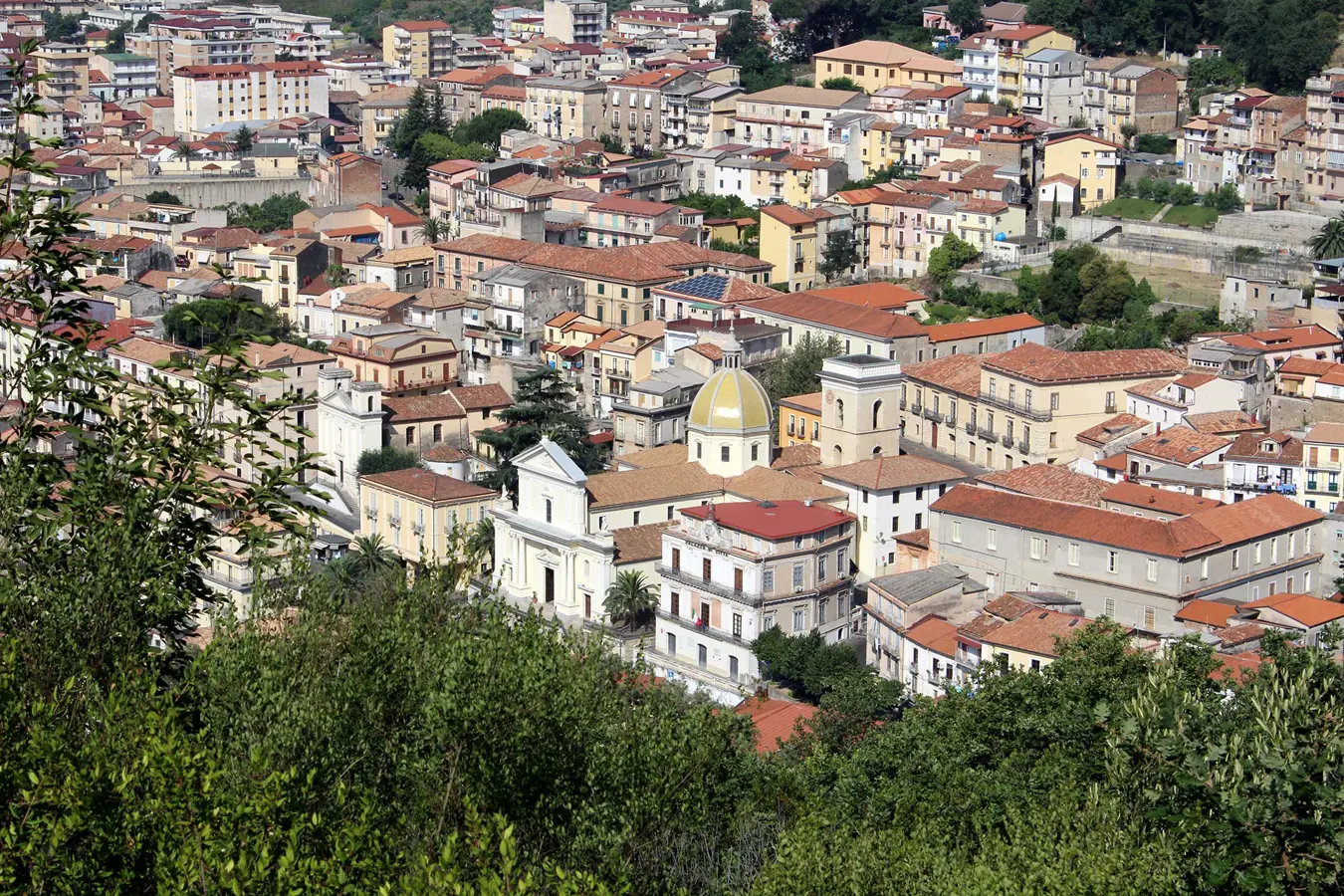
Lamezia Terme - Chatedral. Photo: Copyright © Sisterscom.com / vmedia84 /Shutterstock
The archaeological sities in Lamezia Terme
Archaeological treasures have been found in the area of the ancient city of Terina, a sub-colony of Crotone in the V century BC, which had streets six metres wide and open and closed household areas, some of which were destined for craft activities. The credit for this intense research activity is above all due to the very active and enthusiastic Municipal Technical Office.
The Norman-Swabian Castle of Nicastro in Lamezia Terme
In the ferment of projects, one entitled ‘sinus lametinus’ stands out. This project highlights three large archaeological centres: the Norman-Swabian Castle of Nicastro, the Benedictine Abby of S. Maria of S. Eufemia, and the area of the “Giardini di Renda’ (Gardens of Renda), the site where Terina is located.
Excavations of the castle have brought to light the imposing rocky cliff on which the Norman-Swabian tower was built according to the dictates of the architecture of the era. A large statue of Frederick II of Swabia with a height of over 3 metres stands facing the castle. Known as the ‘stupor mundi’ (wonder of the world) of the era, he and his government brought much prestige to the area.
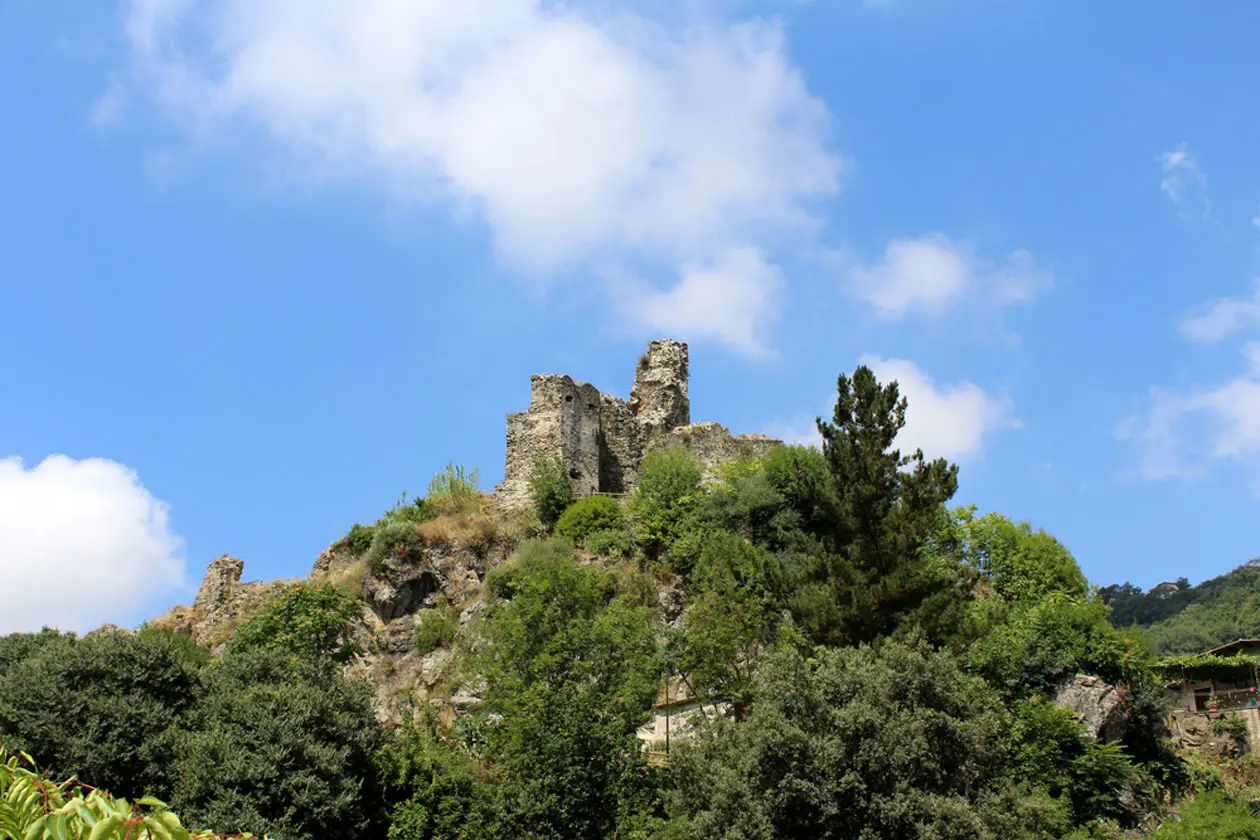
In the abbey complex of S. Maria of S. Eufemia, founded by Robert the Guiscard in the second half of the XI century in the area of a previous Byzantine monastery, a marble floor decorated with polychrome geometric designs of the Norman period has been identified.
But the best preserved archaeological heritage of the Lamezia area is the Bastion of Malta, which was built in the mid sixteenth century to counter the continuous incursions of Saracens who threatened the flourishing trading activities of the coastal cities. It was, in fact, the viceroy of Naples, Don Pedro da Toledo, on the orders of the Spanish Crown, who ordered this imposing strengthening of the defences to be carried out by the communities, including the Jerosolimitan order of the Abbey of Sant’Eufemia and the Knights of Malta.
The museum and natural sities in Lamezia Terme
Together with its archaeological sites, Lamezia Terme also has a vast cultural offer to be enjoyed in all its forms, including museums such as the Archaeological Museum, situated on the first floor of the abbey complex of San Domenico, the Diocesan Museum, one of the most important in Calabria, and the “Casa del Libro Antico” (House of the Ancient Book), which has some 2,500 books printed at the beginning of the sixteenth century in the Italian cities of Venice, Rome and Naples and the European cities of Lyon, Antwerp and Paris. But also natural sites of rare beauty, such as the Botanical Garden, with over 1,000 species of plants, and the town park of San Pietro Lametino, a unique example of environmental sustainability and education.
Here various generations, from grandparents and parents to children, pass their time participating in recreational, educational and sporting activities as if they were at home. The city is filled with cycle paths and footpaths along the river, giving inhabitants and guests alike a better quality of life in terms of health and social activities.
The thermal bath of Lamezia Terme
And with regard to the health aspect, Lamezia is well known for the very old thermal baths of Caronte, a source of sulphur mineral waters and mud, which are today housed in a modern and well-equipped facility where baths, inhalations and beauty treatments can be enjoyed. The therapeutic effects are due to the waters which are rich in sulphur, calcium and potassium and which flow from the Caronte springs at a temperature of 39 degrees.
The tipical calabrian cusine
The city’s gastronomy is similar to typical Calabrian cuisine, with powerful flavors that season celebrated pasta dishes (macaroni), sausages spiced with chillies or sauces sweetened.
Calabria is a land of millennial gastronomy, rich in flavors and aromas that reflect the variety and abundance of typical local products. The handmade pasta, the sausages prepared following ancient recipes with fruit and vegetable, are the testimony of traditions. The local products offer fish from the coasts, cheeses, fine DOC and IGT wines, meat from farms and the renowned sweet onion of Tropea (exported throughout the world), the licorice from Rossano, the bergamot, and the caciocavallo of Sila.
Calabria is a land of millennial gastronomy, rich in flavors and aromas that reflect the variety and abundance of typical local products. The handmade pasta, the sausages prepared following ancient recipes with fruit and vegetable, are the testimony of traditions. The local products offer fish from the coasts, cheeses, fine DOC and IGT wines, meat from farms and the renowned sweet onion of Tropea (exported throughout the world), the licorice from Rossano, the bergamot, and the caciocavallo of Sila.
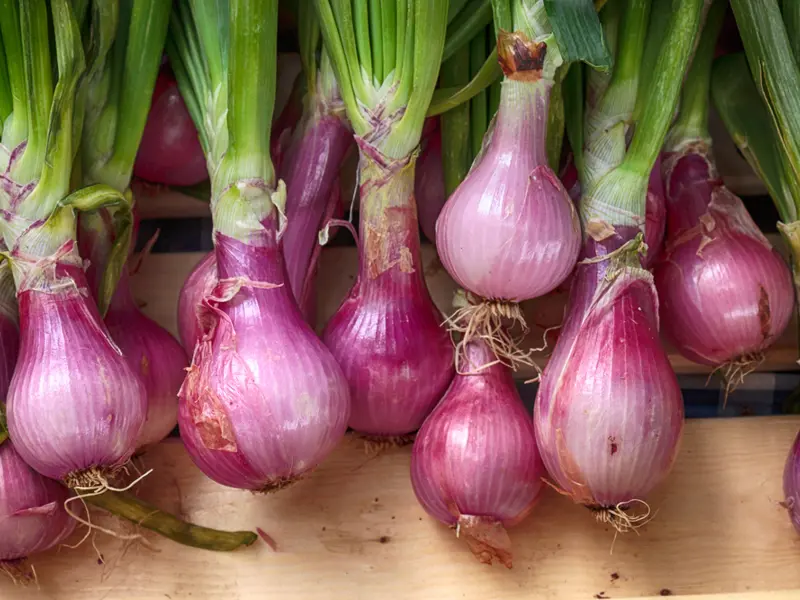
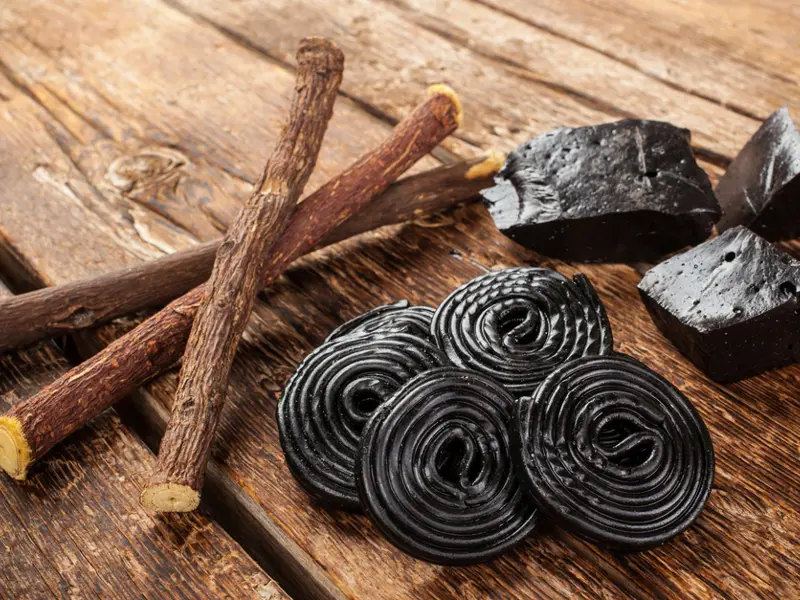
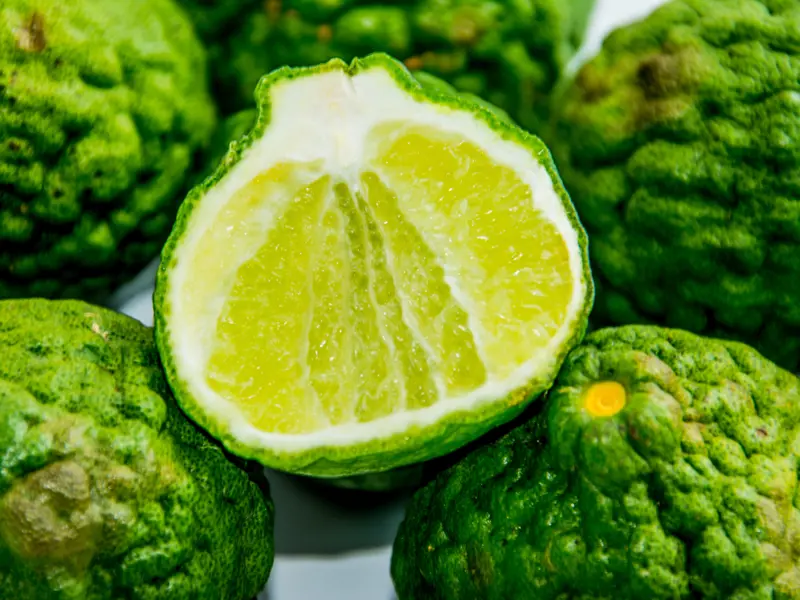
Text by Anna Glik
Tourism Board
calabriastraordinaria.it
Partnership with Booking.com
Where to sleep in Lamezia Terme
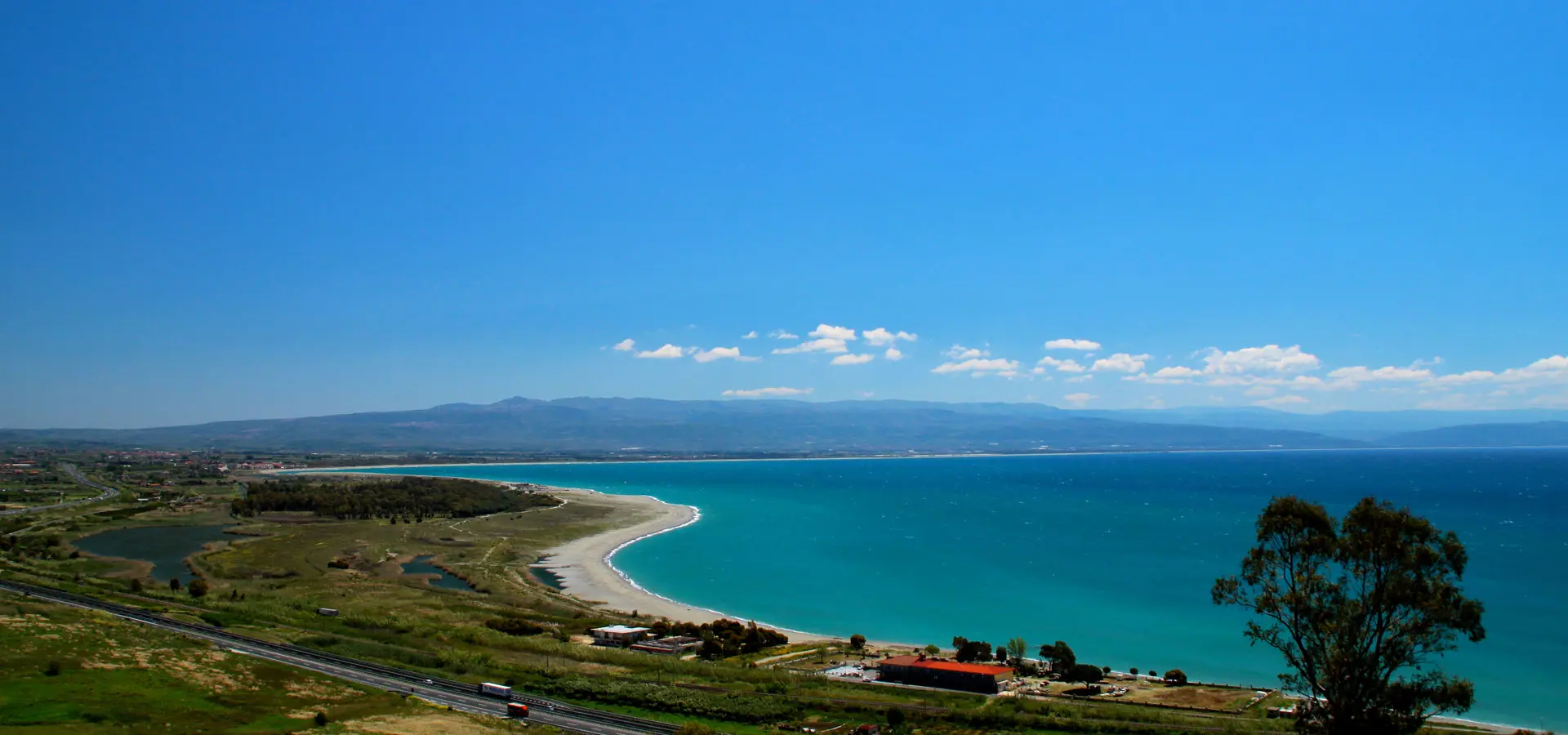
Photo: Copyright © Sisterscom.com /Shutterstock
Lamezia Terme is a welcoming city and offers different possibilities for accommodation.
To find the ideal hotel and the best offers you can do a search for the stars but also for districts or landmarks.
where to go in lamezia terme
Monuments in Lamezia Terme
HOUSE OF THE ANCIENT BOOK
Founded in 2002, the House of the Ancient Book keeps and cares for over 2,500 books printed since the beginning of the XVI century from various Italian (Venice, Rome and Naples) and European cities (Lyons, Anvers and Paris), wherever the art of typography flourished. It also preserves works and fragments of Greek and Latin hand-written codes and archives. It is a library of conservation and research, the aim of which is to safeguard the local cultural heritage of books, archives and documents
STATUE OF FREDERICK II
The monumental bronze statue of Frederick II of Svevia was made by Maurizio Carnevali, a sculptor from Lamezia. This work of art is considered to be a cultural and social reference for the entire community, raising in citizens a sense of historical awareness in this city rich in history. Lamezia became important city controlled by the crown at the time of the imperial government of Frederick II.
CHURCH OF SAN DOMENICO
Built between 1650 and 1781 with a facade in Neoclassical style, the interior of the church houses stuccowork and Baroque paintings. The cathedral, which dates back to 1640, houses busts of Pope Marcellus II and Innocent IX, who were bishops of the city. Seventeenth-century works can be admired inside.
BASTION OF MALTA
This is one of the area’s best preserved architectural assets, which was built in the mid XVI century to strengthen the already existingcoastal defence system. It has a compact structure, with a truncated-pyramidal base topped with a square-shaped tower, and is divided inside into four large areas with barrel vaults. There is a central terrace on which three smaller sized areas are located.
Museums in Lamezia Terme
DIOCESAN MUSEUM
Inaugurated in 1998, the original collection comprising lithurgical items was enhanced with material from the ancient dioceses of Nicastroand Martirano. The collection on display, one of the most important of Calabrian diocesan museums, is of great artistic value and manufacture. The exhibition is divided into seven sections, which display works and items made by local craftsmen from the XV to the XX century.
ARCHAEOLOGICAL MUSEUM
Complesso Monumentale del San Domenico. Recently built, this museum is included in the network of archaeological museums of Calabria due to the importance of the local finds it holds and the cultural value of its artefacts, which date back from the thousands of years of history of the area known as the Piana di Sant’Eufemia. The new exhibition space is divided into three distinct areas: Prehistory, Classical age and Middle ages.
Excursions in Lamezia Terme
THERMAL CARONTE
The waters of this thermal spa have been known since ancient times and were even known to the Normans, and have been mentioned in documents since the sixteenth century. The waters surface after being mineralised along a deep underground route through limestone and crystalline soil at a temperature of 39° C. This temperature is due to the high geothermal gradient of the area, the depth and speed of ascent of the water. The waters rise at the exit of a secondary branch of the so-called great fault of Catanzaro, which runs from Capo Suvero to Capo Stalettì. The two springs are among the most important in Italy for their therapeutic properties.
BOTANICAL GARDEN
The botanical garden, built from 1972, features over 1,000 species of plants. A project is underway to recover an area of particular environmental importance and make it useable by creating structures for educating citizens on the importance of respecting nature.
Partnership with GetYourGuide
Recommended tours in Calabria
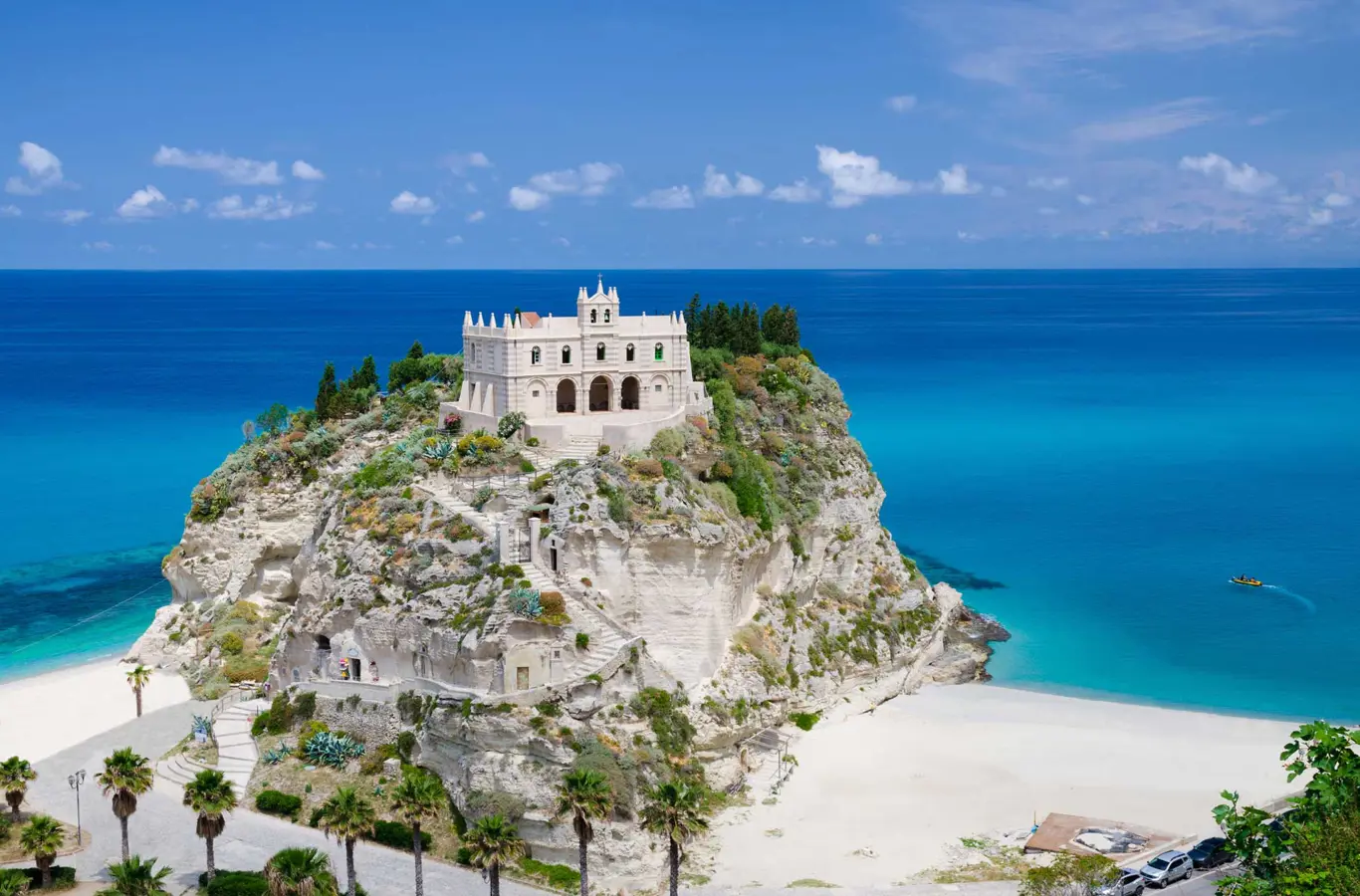
Tropea, Vibo Valentia, Calabria. Copyright © Sisterscom.com / Shutterstock
CAPO VATICANO and TROPEA
An half-day tour to discover Capo Vaticano, the most beautiful lookout point on the Tyrrhenian Coast, and taste specialties of Calabria such as the Nduja, a sausage made with pepperoncino, fine pasta with olives and herbs with fresh bread, olive oil, and a glass of wine. The tour end in the coastal town of Tropea on the cliffs, with old alleywaysand historical buildings. The tour includes: transport in air-conditioned travel bus or minibus and multi-lingual expert tour guide. Duration: 5 hours. Tour of Tropea and Capo Vaticano.
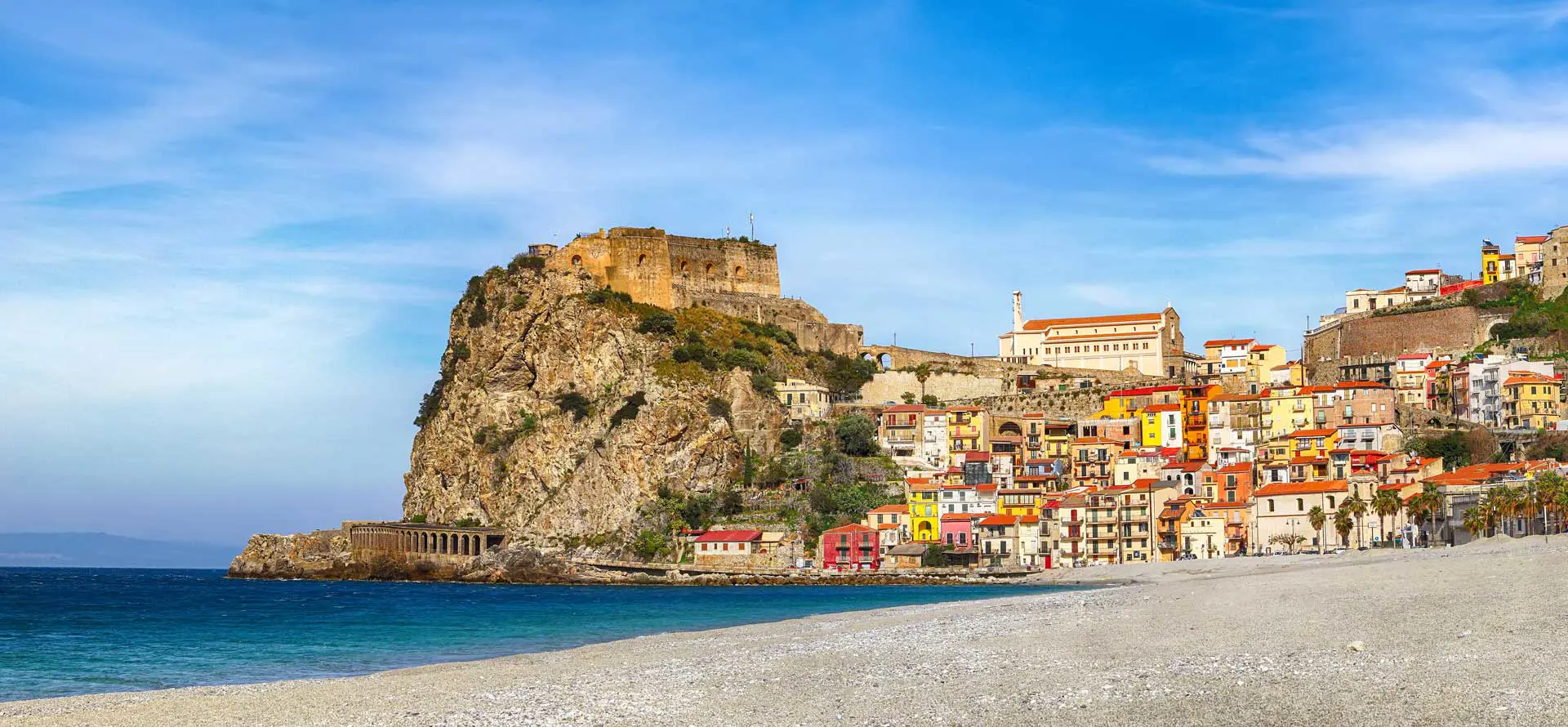
Scilla, Castello Ruffo, Calabria. Copyright © Sisterscom.com / Shutterstock
REGGIO CALABRIA and SCILLA
Full-day tour from Tropea to explore the beautiful Coast of the Gods in Calabria and visit: Reggio Calabria, the National Museum with two famous Riace bronzes, Corso Garibaldi for the shopping, the characteristic fishing village of Scilla and the fishing village of Chianalea with its castle. The tour includes: transport by air-conditioned coach or minibus and multilingual tour guide. Duration: 1 day. Tour of Scilla and Reggio Calabria.
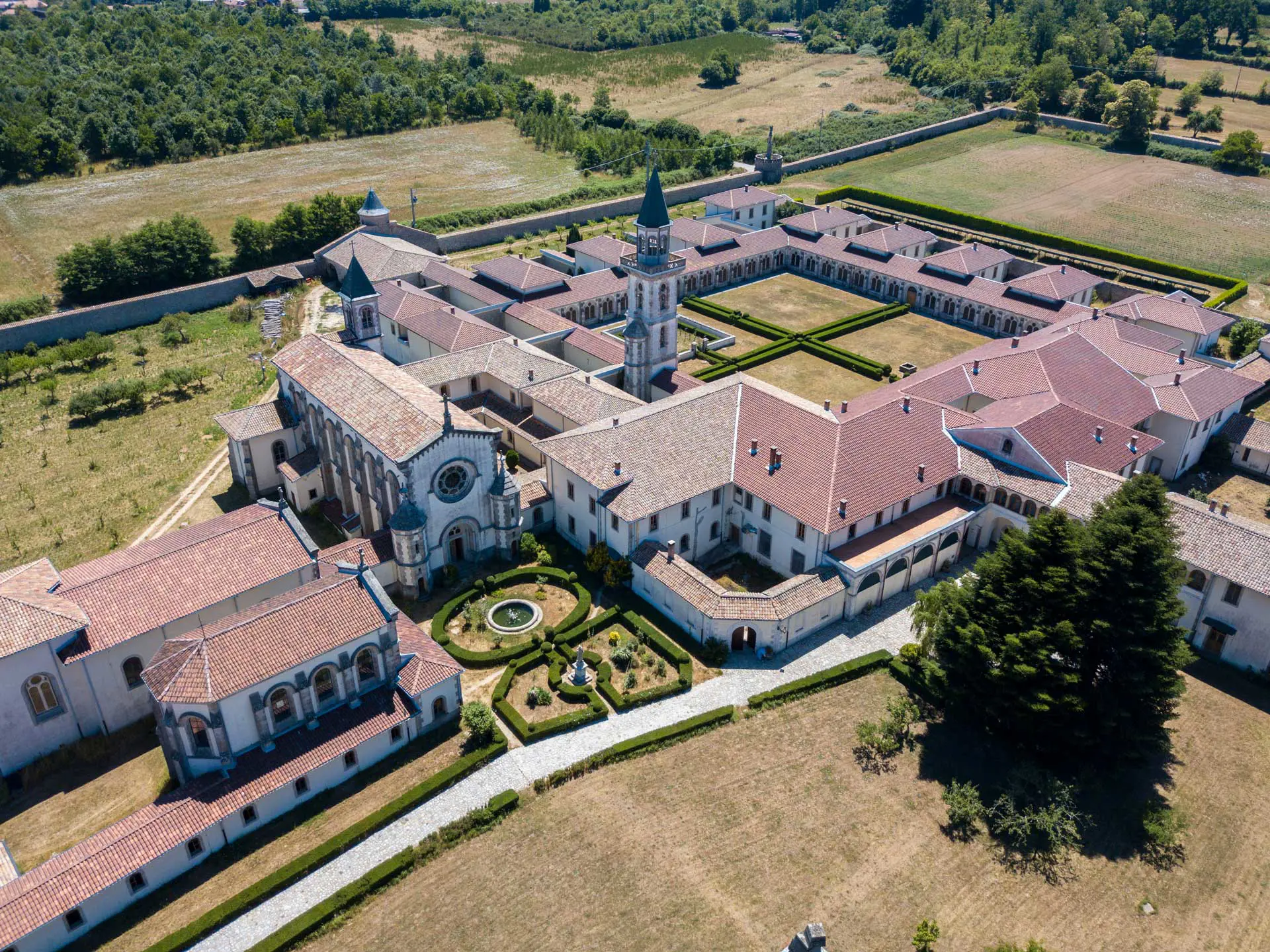
CERTOSA of SERRA SAN BRUNO and PIZZO
A tour to visit the Certosa di San Bruno, in the forest of ancient trees and inhabited by cloistered monks, the small lake of miracles and a well with holy water. Furthermore, after a visit to a restaurant to taste regional specialties such as homemade fileja, the tour continues to the sea with the coastal town of Pizzo and its Piedigrotta Church carved out of the rock in a small bay and the Murat Castle. The day tour starts from Tropea with a qualified guide. Tour of Serra San Bruno and Pizzo.
Discover all tours
News & Useful info
You might be interested in
Other destinations
Airports nearby Lamezia Terme



